2025 Solar Garden Light Trends: Smart Sensors, App, Multi-Temp
The solar garden lighting industry is undergoing a transformative shift in 2025, driven by advancements in smart technology, energy efficiency, and user customization. As homeowners and businesses increasingly prioritize sustainability and convenience, solar garden lights are evolving beyond traditional illumination. This year, key trends such as human motion sensors, light-sensing dual modes, mobile app control, adjustable color temperatures, and high-efficiency photovoltaic panels are redefining outdoor lighting. This article explores these innovations, their benefits, and how they are shaping the future of solar-powered lighting.

The Rise of Smart Sensing Technology
Dual-Mode Sensing: Human Motion and Light Detection
Modern solar garden lights are equipped with advanced human motion sensors and light sensors, enabling intelligent dual-mode operation. These lights automatically switch to high-brightness mode when human presence is detected and revert to a low-brightness or “twilight” mode when no one is nearby. This dual-mode sensing not only enhances energy efficiency but also ensures optimal illumination when needed, making it ideal for pathways, gardens, and courtyards.
The integration of light sensors further optimizes performance by adjusting brightness based on ambient light levels. For instance, lights dim during dusk and brighten at night, conserving energy while maintaining functionality. This technology reduces unnecessary power consumption, extending the lifespan of solar garden lighting systems.
Mobile App Control: Redefining User Convenience
Remote Control and Customization
The advent of mobile app control has revolutionized how users interact with solar garden lights. Through dedicated smartphone applications, users can remotely manage their lighting systems, offering features such as timed scheduling, brightness adjustment, and color temperature control. For example, homeowners can schedule lights to turn on at sunset or dim after midnight, optimizing energy use.
App-controlled solar lights also allow for real-time monitoring of battery levels and system performance, ensuring maintenance is proactive rather than reactive. This level of control is particularly appealing for large properties or commercial spaces, where managing multiple lights manually would be impractical. For more details on smart lighting solutions, explore advanced solar lighting systems.
Adjustable Color Temperatures for Enhanced Ambiance
From Warm to Cool: A Spectrum of Light
One of the standout features of 2025 solar garden lights is adjustable color temperature, ranging from warm 3000K to cool 6500K. This flexibility allows users to tailor the ambiance of their outdoor spaces. Warm light (3000K) creates a cozy, inviting atmosphere, perfect for garden gatherings, while cool light (6500K) provides crisp, clear illumination for security purposes.
This color temperature adjustment is often integrated with mobile app control, enabling users to switch between settings effortlessly. Whether hosting a dinner party or enhancing nighttime visibility, solar-powered lighting with adjustable color temperatures offers unmatched versatility. Learn more about color temperature technology for outdoor applications.
Photovoltaic Efficiency: The Power of Perovskite Solar Cells
Breaking the 30% Conversion Efficiency Barrier
The efficiency of photovoltaic panels is a critical factor in the performance of solar garden lights. In 2025, perovskite solar cells are making waves, achieving conversion efficiencies exceeding 30%. Unlike traditional silicon-based panels, perovskite cells offer higher energy output in low-light conditions, making them ideal for regions with variable weather.
This breakthrough in solar panel efficiency ensures that solar garden lighting systems can charge faster and operate longer, even during cloudy days. Additionally, perovskite cells are lightweight and cost-effective, reducing the overall price of solar-powered lighting solutions. For insights into perovskite solar technology, this innovation is set to dominate the industry.
Sustainability and Design: A Perfect Blend
Eco-Friendly Materials and Aesthetics
Beyond technological advancements, solar garden lights in 2025 emphasize sustainability and design. Manufacturers are increasingly using recycled materials and modular designs to reduce environmental impact. These lights are built to withstand harsh weather conditions, with IP65 or higher ratings for water and dust resistance.
Aesthetically, solar-powered lighting is moving toward sleek, minimalist designs that blend seamlessly with modern landscapes. From bollard lights to wall-mounted fixtures, these products enhance both functionality and visual appeal. The combination of energy efficiency and stylish design makes solar garden lights a top choice for eco-conscious consumers.
Integration with Smart Home Ecosystems
Seamless Connectivity with IoT
The integration of solar garden lights with smart home ecosystems is another defining trend. Compatibility with platforms like Amazon Alexa, Google Home, and Apple HomeKit allows users to control their lights via voice commands or integrate them into broader home automation systems. For instance, lights can sync with security cameras to activate upon detecting motion, enhancing property safety.
This IoT connectivity also enables data sharing between devices, allowing for predictive maintenance and energy optimization. As smart home technology continues to evolve, solar garden lighting is becoming a cornerstone of connected outdoor spaces. Discover more about smart home integration.
Energy Storage and Battery Innovations
Longer-Lasting, High-Capacity Batteries
The performance of solar garden lights relies heavily on energy storage. In 2025, advancements in lithium-ion batteries and emerging solid-state battery technologies are extending operational times. These batteries offer higher capacities and faster charging, ensuring lights remain functional even during extended periods of low sunlight.
Additionally, energy management systems embedded in solar-powered lighting optimize power distribution, prioritizing critical functions like motion detection or high-brightness modes. This results in reliable performance and reduced maintenance costs, making solar garden lights a practical long-term investment.
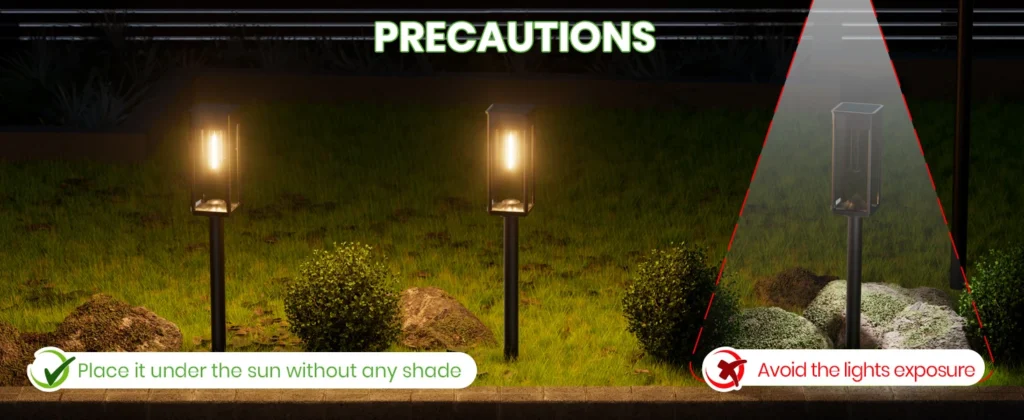
Applications Across Diverse Settings
From Residential to Commercial Use
The versatility of solar garden lights makes them suitable for a wide range of applications. In residential settings, they illuminate pathways, patios, and gardens, enhancing both safety and aesthetics. In commercial spaces, such as parks, hotels, and office campuses, solar-powered lighting reduces energy costs and supports sustainability goals.
Municipalities are also adopting solar garden lighting for public spaces, leveraging perovskite solar cells and smart sensing technology to create energy-efficient urban environments. The scalability of these systems ensures they meet the needs of diverse projects, from small gardens to large public installations.
Challenges and Future Outlook
Overcoming Limitations and Expanding Horizons
Despite the advancements, challenges remain in the solar garden lighting industry. The initial cost of perovskite solar cells and smart technology can be a barrier for some consumers, though prices are expected to decrease as production scales. Additionally, ensuring consistent performance in extreme climates requires ongoing innovation in materials and battery technology.
Looking ahead, the future of solar garden lights is bright. Emerging technologies like wireless power transmission and AI-driven energy optimization are poised to further enhance efficiency and functionality. As consumer demand for sustainable lighting grows, manufacturers will continue to push the boundaries of design and technology.
Conclusion
In 2025, solar garden lights are more than just illumination—they are intelligent, sustainable, and user-centric solutions that redefine outdoor spaces. With human motion sensors, mobile app control, adjustable color temperatures, and high-efficiency photovoltaic panels, these lights offer unmatched convenience and performance. As perovskite solar cells and smart home integration continue to evolve, solar-powered lighting is set to become a cornerstone of modern landscapes. Whether for residential, commercial, or public use, these innovations are illuminating the path toward a greener, smarter future.




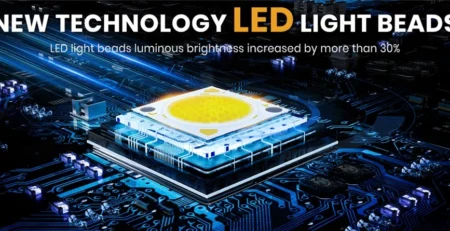


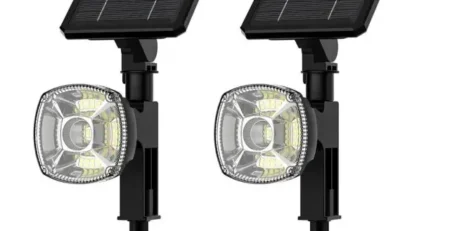
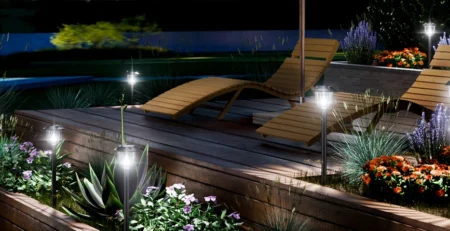
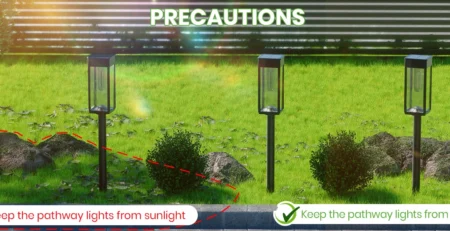
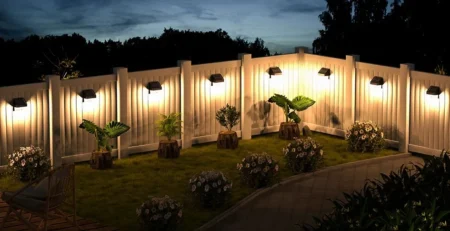
Leave a Reply